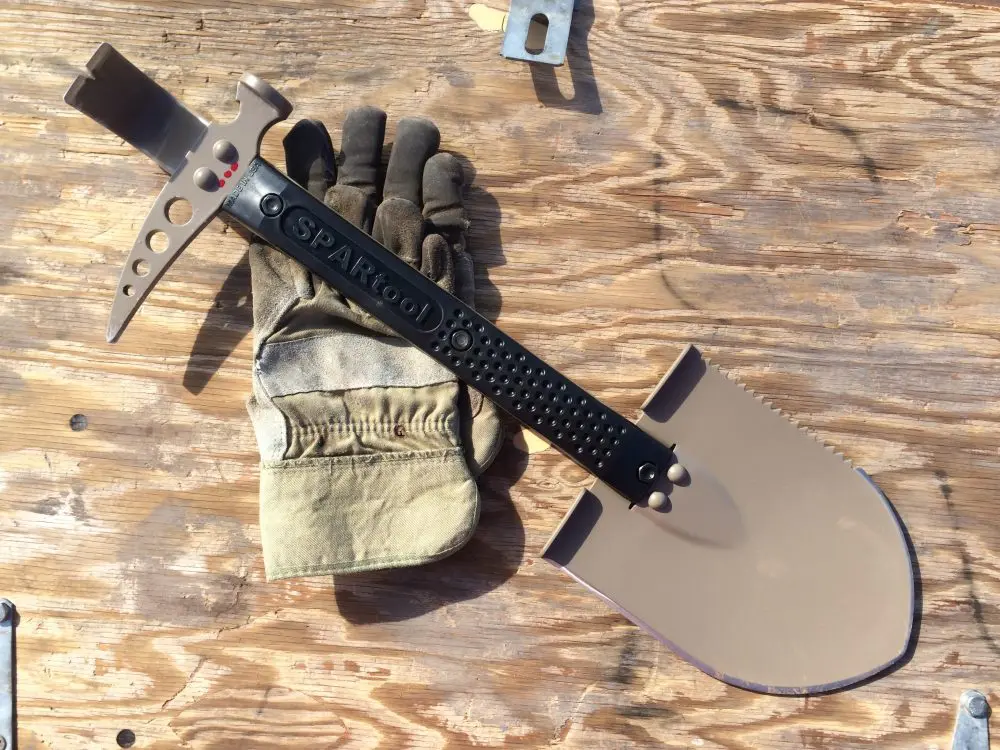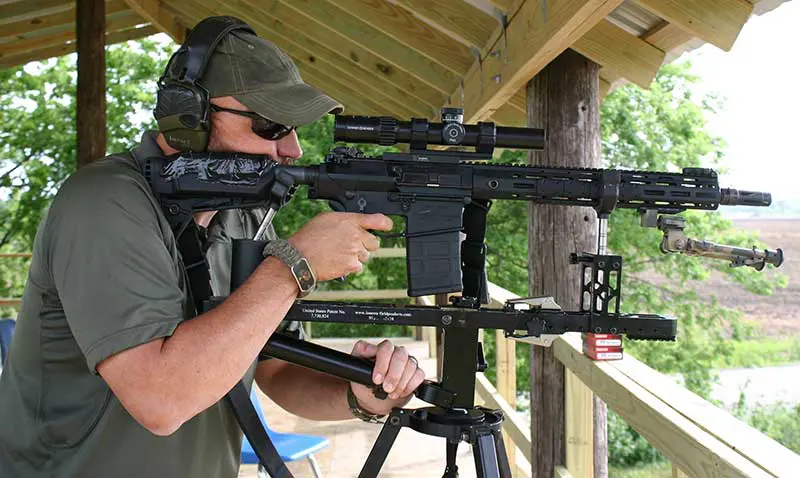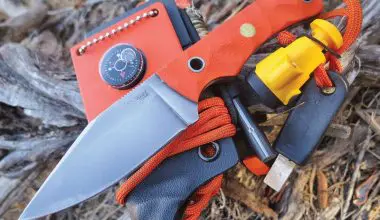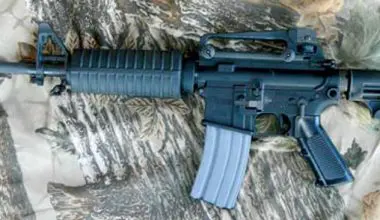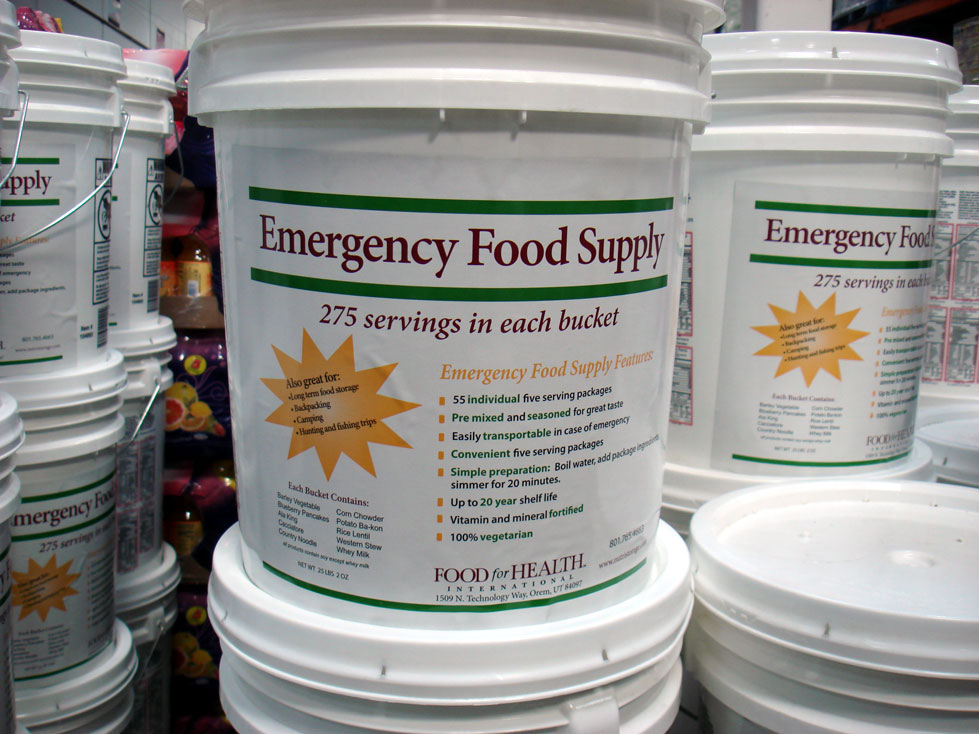He was P.O.’d because he’d fired several shots from his AR at a range of ten yards and had missed completely. He wanted to know what he was doing wrong.
We kicked it around for a few minutes and found the problem: Randy was shooting on the move, trying to get to cover while firing at the goblin. Like most departments, we trained in the most cost-effective manner: plant your feet, pick your target, and shoot on command. However, the department also told us that if we got in a real gunfight, we should move to cover, too.
I told Randy that the next gunfight he got into, he should do what we’d trained to do—stand on his hind legs, put the front sight in the middle of the bad guy, and shoot until he couldn’t see him anymore. Six months later, Randy did just that. He fought the way he’d been trained and hit the guy five for five with a Remington 1100 loaded with 12-pellet Magnum buckshot … gimme an amen!
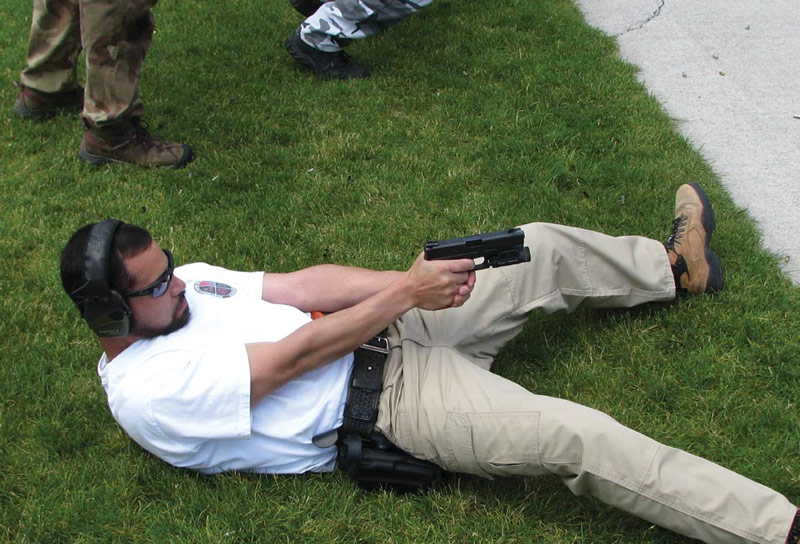
Table of Contents
FINISH THE FIGHT
As a result of Randy’s “problem” (he later won gunfight four), I developed a program and philosophy: Finish the Fight. I’ve been teaching it since 1995 and have received those calls that all trainers wait for: “What you taught me saved my life.” It all boils down to prioritizing your response to the threat. We trainers have just been teaching the priority backwards.
The first problem I see all around the country is the litany of “create distance and go to cover.” In my opinion, this is a load of crap. A .45 ACP round travels at about 850 feet-per-second. Even in my prime, I couldn’t move at 851 fps, so trying to outrun a bullet is bovine fertilizer. Moving to cover should be an afteraction response—after the initial fight, and after you have shot your enemy down like a mad dog.
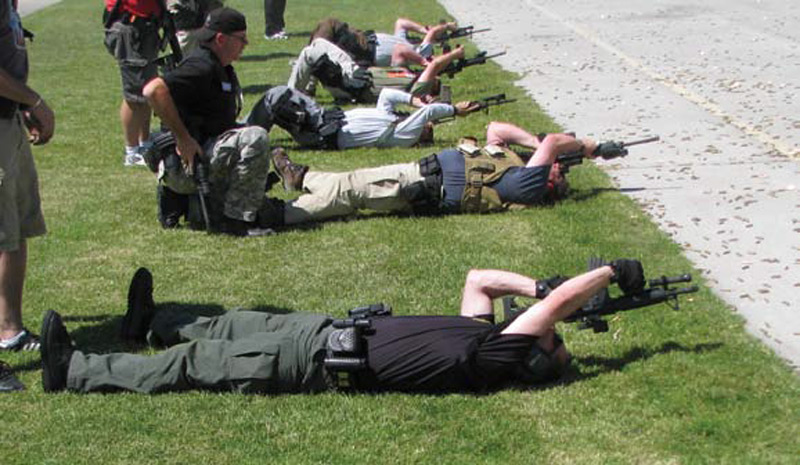
VALUABLE VIDEOS
A second training mantra is to call for help. In an In the Line of Duty video of Officer Conway in Ohio, she repeats what she has been trained to do: “Get on the radio, let them know where you are, get your gun out.” This is ass-backwards! Draw the gun, shoot the bad guy until he’s no longer a threat, reload, move to cover, and then call for help. We’re back to that “how fast can we move” thing. It doesn’t matter if it’s Superman, Spiderman, Batman or another patrol car responding, no one can get to you before the fight is over.
A competent pistolero can draw and shoot half a dozen rounds in a couple of seconds, so calling for help is a critical waste of valuable trigger time. That Officer Conway survived is a testament to her spirit, not to her training. She shot the mutt twice through the head while bleeding from eight bullet holes.
The taped shooting of South Carolina Trooper Mark Coates is another testament to poor training. Trooper Coates is knocked to the ground by a fat guy named Richard Blackburn, who then shoots Coates in the upper chest with a .22. They struggle on the ground. Coates draws his revolver and shoots Blackburn once, at close-contact range, while on the ground. Coates then stands and starts calling for help as he’s moving backward, shooting. Blackburn is hit four more times, but is so fat that none of the rounds, all of which hit him in the gut, penetrate. Blackburn is able to shoot once more. The round hits Coates in the arm, travels to the chest, and severs the aorta. Blackburn lives, Coates dies.
The Highway Patrol lieutenant who narrates the shooting says Coates was trying to get to the cover of Blackburn’s car, shooting on the move while talking into the radio—none of which he’d been trained to do. The human mind can only focus on one thing at a time, so let’s focus on stopping the threat first, then doing the other stuff later. It’s all in how we train.
UNUSUAL POSITIONS
Coates fired his first shot while on his side, and then he stood. One of our past failures was not training to shoot from unusual positions. This is changing quickly, as I’ve been to several classes where shooting from unconventional positions is emphasized. Sights are sights, and it doesn’t matter whether you’re standing, supine or in a fetal position— if you get the front sight in the middle and shoot, you hit.
I first saw this 15 years ago in an NRA class taught by a retired Royal Marine Commando named Clive Shepherd, who said you have to be able to fight from where you end up. Hundreds of other instructors and I have been doing it ever since. Thanks, Clive.
AGGRESSION
I don’t see much emphasis on being aggressive and ruthless when it’s time to shoot someone. I hear and read lots of stuff about shooting to stop, but that usually comes after talk about calling for help and moving to cover.
In the video of the Ohio trooper who gets in a shooting with the Kehoe brothers, the deputy who stopped to help the trooper (and who saved the trooper’s life) sees the passenger drawing a gun, yells “Gun,” draws his own gun, and shoots while moving away from the threat.
I don’t know about you, but I shoot better at six feet standing still than I do at ten feet moving backward. I also shoot better moving forward than I do going back, so how about training shooters to aggress into the threat, or at least to stand their ground until the initial threat is killed? I don’t teach “neutralize” or “engage” threats—shoot them, and death is a probable side effect.
We don’t train folks to shoot a little bit, wing the guy, shoot the gun out of his hand, etc., but we also fail to train students that controlled aggression is required to finish the fight.
I talked to a Boise, Idaho officer who killed two armed men in a stand-up gunfight, hitting 11 of 13 shots. He said he never thought about going to cover. He just thought about front sight and trigger press.
I have a copy of an audio tape of an officer (there were four on scene; one was killed) screaming into the radio for help while the gunfight is going on. How about shooting first?
A Fairbanks, Alaska police officer was in pursuit of a stolen car. The driver ran it into a snowbank, bailed out and ran. The passenger ran too, but slipped and fell, then came up with a gun. After stepping left and presenting her Glock 21, the officer shot him four times in the chest. I asked if she said anything before she fired, and the answer was that when she saw the gun, “The time for talkin’ was over.” Now there’s someone who gets it.
A State Trooper was in a remote Alaskan village to take a mental subject in for a psych evaluation. As the trooper stepped off the snow machine, the goblin stepped out the front door and started to raise a Mini-14. The trooper drew, fired one round at 11 yards, and hit the mutt directly through the heart. No hesitation, no conversation, just a fight-stopping hit from a Glock 22.
MOVEMENT
I don’t want to pay for the same ground twice, so I hate to back up. Lateral movement, however, makes you harder to hit and gets you off the line of attack. Shooting on the move going forward or at an angle to the opponent (Off the X) can be very accurate and effective, with a little practice. As soon as you can hit well when standing still, start moving.
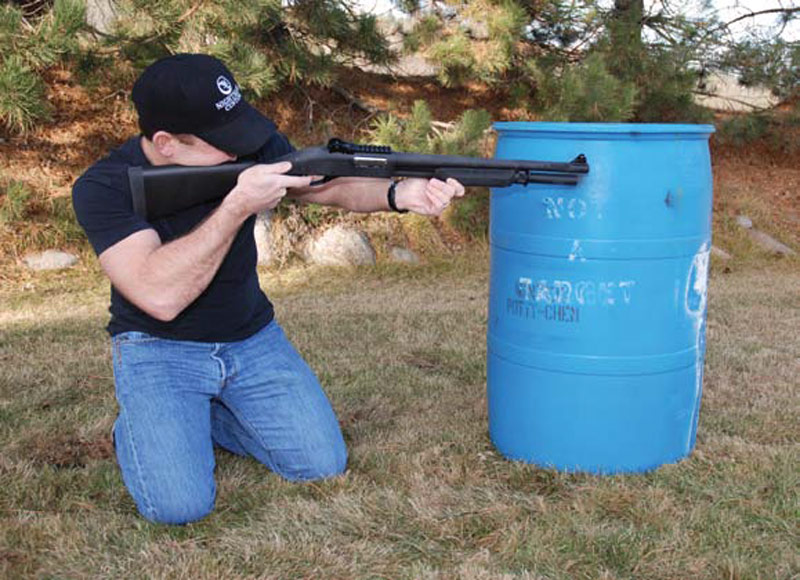
BE WILLING
No police officer I know wants to kill another man, but all are willing to do so if forced to; this is as it should be. However, I am seeing an increasing number of younger officers and some civilians who readily admit that they wouldn’t shoot a bad guy under most circumstances. I wonder what they think they signed on for?
I’ll quote John Wayne as John Bernard Books in The Shootist: “It isn’t always being fast or even accurate that counts— it’s being willing. I found out early on that most men, regardless of cause or need, will hesitate before they pull a trigger. They’ll blink an eye or draw a breath … I won’t.” This is also as it should be. If you’re a policeman who doesn’t firmly believe that you can pull the trigger when you need to, quit. If you’re a citizen who won’t shoot to defend your family, start going to church.
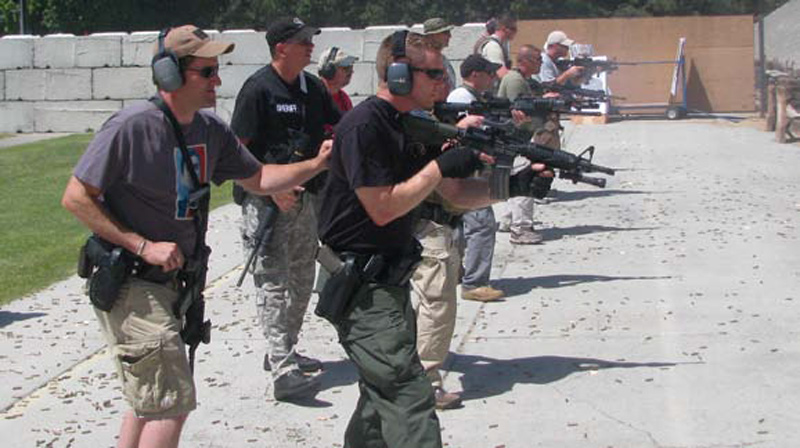
RUTHLESSNESS
Being ruthless follows being willing. When you respond to an active shooter in a school, don’t ponder what trauma in his early life caused him to do what he’s doing—that’s not your problem. Don’t worry about being empathetic or try to establish a dialogue to see if this can be resolved without more gunfire. It doesn’t matter if he’s a Goth freak or an Islamic terrorist. He has no remorse, and all he fears is failure. He can’t be changed or reasoned with. He has to be shot as soon as you see him, shot well enough and often enough that he can’t kill other children. You can let the shrinks and news commentators wonder what motivated him … after he’s dead.
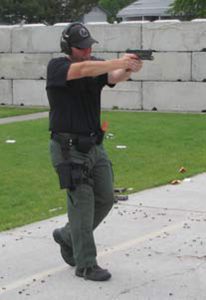
FINISH THE FIGHT FORMULA
Here’s my formula to Finish the Fight:
- Shoot until the threat is gone.
- Reload, ‘cuz a full gun is a happy gun.
- Move to cover.
- Scan to see if anyone else needs to be shot.
- Call for help.
- Verify incapacitation. Shoot him again if needed.
- Self-assess. If you see red fluid, you’ve been hit.
- Verify incapacitation again.
- Scan.
- Wait!
The priority is shooting until he’s down. Everything else is an after-action. Moving to cover is third and calling for help is halfway down the list.
All the items on the list are good things, but you’ll never get to number two if you don’t do the first one first.
